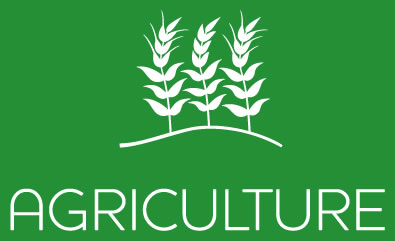Pesticide drift and the pursuit of environmental justice
![]()
![]() 2011
2011
Paperback, Hardback, e-book
296 Pages
ISBN 9780262516280
This book is really about environmental justice for those living on or near farm land which includes a large number of immigrant farmworkers, concerned about pesticide use in California and in particular the exposure of people to “pesticide drift”. However, although it mentions that pesticides can be distributed by vapour or spray droplets, it does not really differentiate between the fumigants, such as metham sodium or methyl bromide which are volatile organic chemicals (VOC) and spray drift of other types of pesticides, namely the more hazardous pesticides in the WHO Class I and II categories such as methamidophos and chlorpyrifos. Despite California being where integrated pest management was first noted, considerable quantities of pesticides are still used there, with most in the Central Valley, where 25% of all the pesticides used in the USA are applied on 2-3% of all farmland.
In assessing the scope and severity of pesticide drift in California, there were 2567 confirmed cases under the Pesticide Illness Surveillance Program (PISP) over a 10 year period (19982007), with nearly a third of these in one county. In the book it does not indicate the cause of these illnesses although California also has a Pesticide Usage Reporting System (PUR), or whether aerial spraying is the main cause of spray drift. A Spray Drift Task Force developed by Industry to meet requirements for the Environmental Protection Agency (EPA) is not mentioned in a chapter on the crop protection industry, which is seen to promote chemicalintensive crop protection. In the chapter on The Environmental Regulatory State, the EPA is criticised for allowing volatile fumigant pesticides to be applied by sprinkler irrigation and that investigators of pesticide illnesses failed to identify any regulatory violations. The anti-pesticide drift activists look to the Pesticide Action Network (PAN) which has promoted a “Drift Catcher” to sample spray to obtain data to press for regulatory reform, but no mention is made of Drift Reduction Technology or improved impermeable sheets to retain fumigants in treated soil. They argue in favour of the precautionary principle that has been adopted within Europe and an alternative agrifood movement, which relies on local food systems and ‘organic’ farming.
The author concentrates on the injustice of exposing farm workers and all who live in farming areas to the downwind movement of toxic pesticides. It is a pity that in confining the text to the situation in California, there is very little mention about similar problems – the catastrophe at Bhopal is noted – and the advances made in regulations to minimise spray drift and removal of the most toxic pesticides from lists of approved products elsewhere. The Stockholm Convention and Montreal Protocol get only a brief mention despite being instrumental in focussing on the persistent organic pollutants and the volatile pesticides such as methyl bromide. An opportunity to educate readers on a more global scene was missed.
Review by Graham Matthews
Review published in International Pest Control – January/February 2014 issue
From $10.75 / £9.95
The post Pesticide drift and the pursuit of environmental justice appeared first on International Pest Control Magazine.

 2011
2011